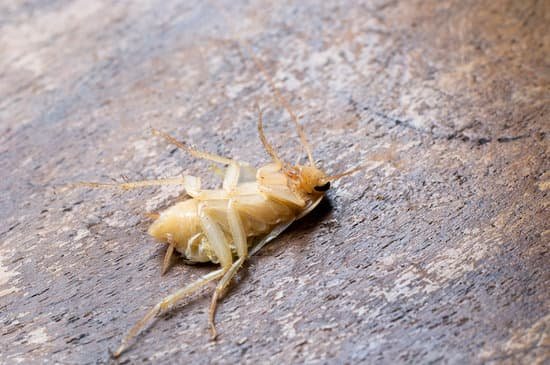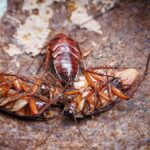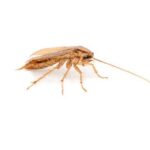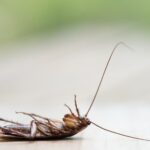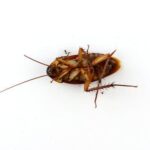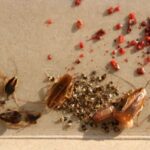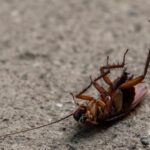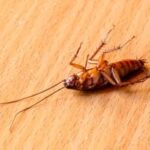How Do Cockroaches Reproduce?
Female cockroaches lay eggs in an egg capsule called an ootheca. This capsule is produced about a week after a female mate lays an egg. During the peak reproductive period, a female can produce two oothecae a week. During the first ten months of their life cycle, a female cockroach will produce an egg case a month. During this time, the female cockroach needs to keep a constant supply of food and water.
After six to eight weeks, immature cockroaches emerge from their cases. These immature cockroaches are called nymphs and are mostly white in color. They will moult over a year and will live to be between one and two years old. A fully grown cockroach will have three pairs of legs and two pairs of wings. In addition, the cockroach will have long pairs of antennae on the front of its head.
Depending on the species of cockroaches, a female can lay up to sixteen eggs in a capsule. The eggs are then carried by the female until they find a warm, moist spot and lay them. The eggs hatch after around four to eight weeks, though the time varies by species.
The cockroaches’ reproductive cycle is dependent on a symbiotic relationship with bacteroids, a group of special cells in fat body tissue. These bacteroids invest in developing the ovary and fat body tissue of the future female. The bacteroids produce all of the essential vitamins for the cockroach, which include the amino acids choline and cholesterol. Without their symbiont, cockroaches must obtain all of their vitamins and minerals from their food.
